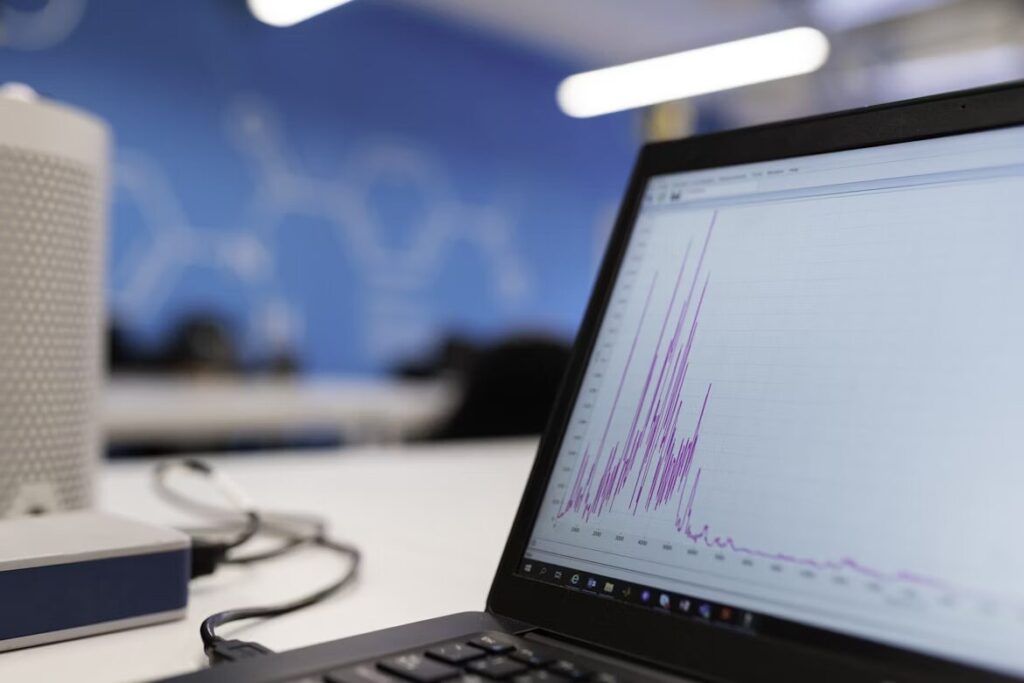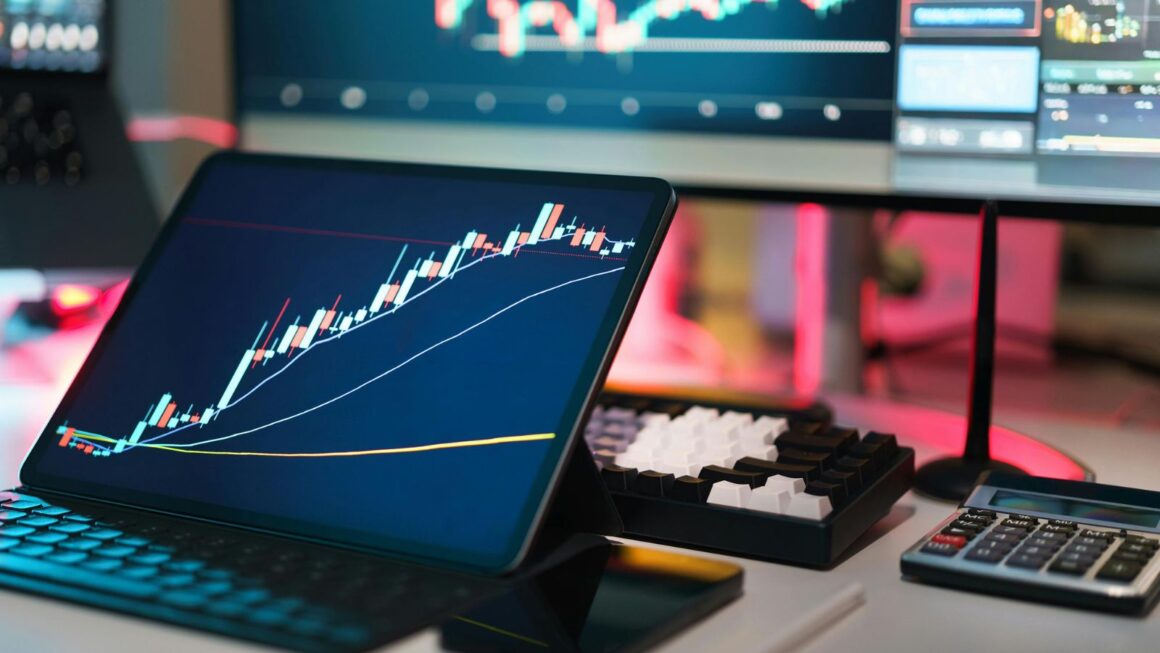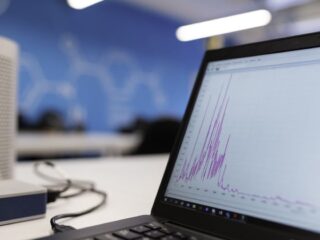
Dreaming of saying goodbye to lost sales from stockouts?
If you’re a business owner, you’ve probably had that sinking feeling before. That awful moment when a customer comes to you wanting to buy, but you don’t have what they’re looking for. Or the even worse situation… when you have a warehouse full of stuff and no one wants to buy it.
The truth is that 69% of online customers will abandon their purchase and move on to the competitor’s site if their chosen product is out of stock. That’s a whole lot of lost revenue that’s headed straight into someone else’s bank account.
But don’t worry.
With the right inventory forecasting solution, you can figure out what, when, and how much you’ll need in advance. No more stockouts to limit your sales and no more cash tied up in dead stock.
Here’s what you’ll learn:
- The True Cost of Getting Inventory Levels Wrong
- How Inventory Forecasting Works in Practice
- 3 Inventory Forecasting Methods to Drive Results
- Modern Technology to Simplify Forecasting
The True Cost of Getting Inventory Levels Wrong
Here’s the not-so-fun fact about inventory management…
Running low on stock or overstocking are both major problems for any business.
In fact, inefficient inventory management can cost businesses up to 11% of their total annual revenue.
Yikes!
On the low end, customers see a full-out-of-stock product on your site and immediately jump ship to your competition.
But even if you’re managing to not have stockouts, sitting on too much inventory is a major problem. According to recent data, excess stock increased to 38% of SMBs’ inventory in 2023. That means almost half of your inventory is just going to waste.
The real issue? Both of these problems come down to one thing: the inability to forecast demand.
By being able to predict what customers will want, and when they’ll want it, you have a much better chance of making the most of your inventory.
How Inventory Forecasting Works in Practice
Inventory forecasting is the process of estimating what inventory you’ll need and when.
It’s not a magic trick. It’s not even particularly complex.
Instead, it’s a method to calculate, based on past performance, how much you should buy, when.
Forecasting uses historical data from your sales, as well as the market and consumer trends, to anticipate the demand for your products.
The inventory forecasting software automates processes by crunching those numbers and providing a more accurate estimate based on the data it has.
The best part? Businesses that leverage inventory demand forecasting tools see a 10-15% reduction in their overall inventory levels. This means that you’re carrying less stock while not negatively impacting your sales.
Put another way, would you rather blindly guess how much inventory to order and hope for the best? Or would you rather have data-driven insights that can improve your odds?

3 Inventory Forecasting Methods to Drive Results
There’s more than one way to forecast your inventory demand, but not all forecasting methods are created equal.
The key is to understand which methods work for your business and how to implement them effectively.
Historical Data Analysis
This is the bread-and-butter of most businesses when it comes to inventory management. You look at what sold and when in the past and use that to make educated guesses for the future.
This works best for products with fairly consistent demand and sales patterns. If you’re selling a product that everyone knows will sell during a particular time of year, then you can use historical data to drive demand.
But (and it’s a big but)… past performance is not always indicative of future results. We live in a dynamic market, which means things like market conditions and customer preferences can shift.
Trend Forecasting
Trend forecasting takes a look at what’s going on in the market and on social media to better understand your customers and what they want. It looks at market movements, seasonality, and outside forces that may drive up demand.
For example, historical data will not help you if a celebrity is spotted wearing your product in a viral TikTok video. You’ll need trend forecasting to catch that upswing before it’s a full-blown trend.
The benefit of this method? You can adjust your inventory levels based on what’s coming rather than just what’s already happened.
AI-Powered Forecasting
This one’s the future of inventory management.
Artificial intelligence (AI) can process a massive amount of data that we simply don’t have the time or capacity to look at. When an AI parses information and provides us with relevant suggestions and insights, that’s forecasting in action.
Right now, 52% of businesses who responded to a survey said forecasting was the number one function within their supply chain where they intended to leverage AI technology.
AI isn’t looking to replace people. It’s here to augment and improve the intelligence we have access to. Think data-driven forecasting recommendations that you can then review and modify based on your own business intelligence.
Technology That Makes Forecasting Simple
If you’re thinking about inventory forecasting, but it all seems a bit daunting, then you’re in the right place.
Technology and modern inventory forecasting solutions have come a long way from where they started.
These modern forecasting platforms plug into your existing tech stack to provide you with real-time access to your inventory levels, where you can use it to inform business decisions.
What do these tech solutions do?
They monitor your sales across channels, they can send alerts for when certain products hit certain stock levels, they will automatically recalculate forecasts when necessary. Some can even integrate with your suppliers to order stock automatically.
The bottom line is that it takes the pain out of inventory management.
Real-Time Visibility
One of the benefits of these modern software solutions is real-time inventory visibility. You have the ability to see what’s selling, what’s not moving, and what you need to reorder at a glance.
No more unpleasant surprises. No more frantic scrambling to fulfil orders that you didn’t know you were getting. Just the cold, hard data that you can actually use.
Automated Alerts
The smarter forecasting solutions do more than just show you what’s going on. They can tell you when you need to pay attention.
Running low on your top-seller? Boom, alert. Too much sitting stock for a slow-moving item? Alert! This proactive solution ensures issues get nipped in the bud before they become problems.
Multi-Channel Integration
If you sell on more than one channel (your website, Amazon, physical store, etc), you need a forecasting solution that works across all of them.
The best forecasting solutions will integrate your different inventory channels into one single system so that you have a complete and consolidated view of your stock.
How to Get Started with Better Forecasting
If you’re reading this, it’s likely you don’t have a massive budget or a team of data analysts available to you to improve your forecasting.
And that’s OK.
The first thing to do is to start small. Look at your sales history and use it to identify patterns and trends. Which products sell well year-round? Which are seasonal? Which are more unpredictable?
From there, invest in a technology solution that is scalable to your business needs.
The most important thing is to start somewhere.
Every day you waste, more sales are being lost from stockouts, and more cash is sitting in excess inventory.
Bringing it All Together
Inventory forecasting isn’t a nice to have or a bonus.
It’s become a competitive differentiator. If you’re a business and you’re not forecasting, then you are getting left behind.
Businesses that manage their inventory successfully have better cash flow, higher customer satisfaction scores, and a more consistent growth rate. Businesses that don’t suffer.
The good news is that today, inventory forecasting is easier than ever.
Technology, AI, and machine learning have made the forecasting process far simpler to use, more accurate, and a true competitive advantage for forward-thinking businesses.
Here are the key takeaways:
- Inefficient inventory management costs businesses up to 11% of annual revenue
- Stockouts send customers running to your competitors
- Forecasting tools reduce inventory levels by 10-15% while maintaining sales
- AI and automation make the process simpler and more accurate
- Real-time visibility gives you a better chance at stopping issues before they happen











